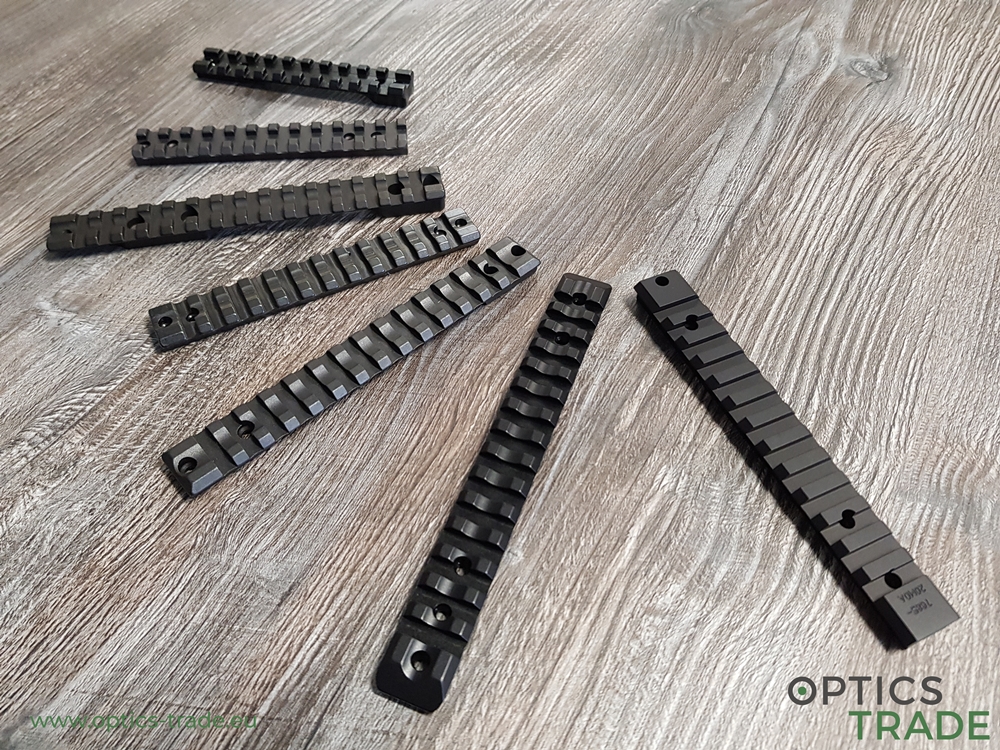Spectral sensitivity is used to specify the various attributes of the photopigments in the photoreceptor cells in the retina of the eye.
Thermal imaging devices operate in different electromagnetic spectrums. The relative efficiency of detection of signals is the spectral sensitivity or spectral response measured in micrometers ( µm ). Typical spectral sensitivity of thermal imaging devices is from around 7 to 14 µm. All the optical elements in a thermal imaging device between the screen and the focal plane array have an influence on spectral sensitivity.
The human eyes maximal spectral sensitivity in daylight is around 555 nanometers (nm) or 0.555 µm and at night maximal 507 nm or 0.507 µm, while the thermal imaging devices detect from 7.000 nm or 7 µm to 14.000 nm or 14 µm.
A lower value of spectral sensitivity is better because the device can detect smaller differences in temperature of the observed object. It could be said that better sensitivity brings better contrast.




